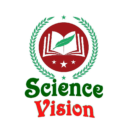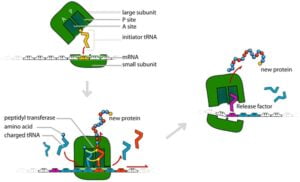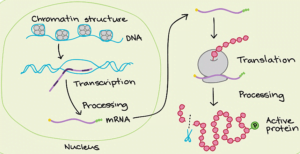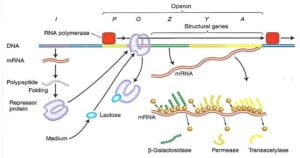Mutation and Its Types:-
Mutation is a phenomenon which results in alternation of DNA sequences and consequently results in changes in the genotype and phenotype of an organism.
In addition to recombination, mutation is another phenomenon that leads to variation in DNA.
Causes of mutations :-
There are many chemical and physical factors that induce mutations, these are called mutagens.
Example :- UV – ray.
Types of mutation :-
There are of mainly two types –
- Chromosomal mutation or Macro mutation.
- Gene mutation or Micro mutation or Point mutation.
Chromosomal mutation :-
These are any alternation or error that occur within a chromosome, such error can be attributed to any mistakes or problems that occur during cell divisions like mitotic and meiosis.
Types of Chromosomal mutation :-
(a) Structural chromosomal mutations.
(b) Chromosomal number mutations.
Structural Chromosomal mutations :-
This kinds of mutation usually occurs during any error in cell division. This happens when homologous chromosomes paired up, genes in chromosomes broke apart, gene inserted in the wrong chromosome or genes are completely lost in the chromosome.
It can be of four types –
- Deletion
- Duplication
- Inversion
- Translocation

Deletion :-
This type of mutation occurs when the middle part of chromosome is delete.
common disorders due to deletion mutations in humans are Cri du Chat, Duchenne muscular dystrophy, Di George’s syndrome etc.
Duplication :-
This type of mutation occurs when an extra copy of a region in the DNA is produced. This duplication region can either be located in its normal location in the chromosome or sometimes be located in other parts of the chromosomes or even in another chromosome.
Common disorder due to duplication mutation in humans is Charcot Marie tooth disease type 1.
Inversion :-
During inversion, a portion in the chromosome is reversed and gets inserted back into the chromosome.
Basically two types of inversion exist – pericentric and paracentric.
- During pericentric inversion, the inversion encompasses the centromere of the chromosome.
On the other hand, during paracentric it only involves either the short or long arm of the chromosome and the inversion Point does not include the centromere.
Common disorder due to inversion mutation in humans is Amniocentesis during pregnancy.
Translocation :-
Translocation happens when a fragmented chromosome tends to join with a non -homologous chromosome. This newly formed segment then detaches from the chromosome and moves to a new position on another chromosome.
Common disorders due to translocation in humans are – XX syndrome, infertility and cancer.
Chromosomal number mutation :-
Aneuploidy :-
It is the type of mutation in the chromosome number wherein the ploidy of the new individual is different from its wild type.
- The naming of aneuploidy conditions is generally based on the number of chromosomes added or delated. For instance, a monosomic (2n – 1) individual bears only one copy of a chromosome.
- Other variations of aneuploidy are trisomic (2n +1), nullisomic (2n -2) and disomic (n + 1).
Euploidy :-
It is a type of mutation that occurs when an individual bears more than one set of chromosomes. If the individual with polyploidy bear three sets of haploid chromosomes, the condition is said to be triploidy (3n) whereas if it has four haploid sets, the condition is said to be tetraploidy (4n).
Advantages of Chromosomal mutation :-
- Survival :- They are very essential for populations because they help some individuals of the population to adopt their environment while they maintain their survival.
- Diversity :- Mutations in the chromosomes are highly connected to diversity of living organisms, ultimately, the close interactions between inherited mutations and environmental pressures generate diversity among species.
Disadvantages of Chromosomal mutations :-
- Genetic disorder :- Mutation in the chromosome can cause a wide variety of genetic disorders.
- Other diseases :- Certain mutations in the chromosomes can also bring about the onset of other diseases like cancer (lungs, breast and bladder cancer).
Gene mutation or Point mutation :-
It occur within the coding sequence of a gene. This type of mutation is molecular level in which changes DNA structure.

- Point mutation or gene mutation involving substitution of bases, causing either transitions (The substitution of a purine for purine or pyrimidine for pyrimidine) or transversions (The substitution of a purine for a pyrimidine or vice – versa).
- When insertion or deletion of anyone nitrogenous base in DNA molecule then induce frameshift mutation.






